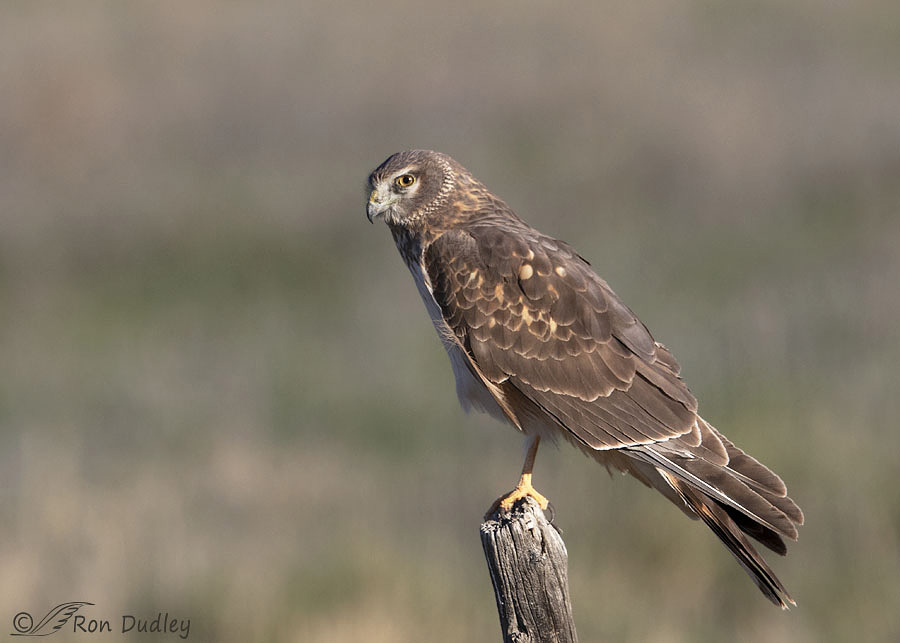Tag: marsh hawk
Northern Harriers Fight to Survive Harsh Winters
Typically life is good for the hundreds of Northern Harriers who spend fall and winter in the marshes and prairies surrounding the Great Salt Lake after spending breeding season up north. Here their diet consists almost exclusively of microtine voles (small rodents resembling mice). These voles are incredibly abundant and relatively easy prey. It’s quite unusual to see a harrier even attempt to catch a songbird or anything else for that matter. Harrier hunting voles near the Great Salt Lake However the easy life takes a major turn for the worse during unusually harsh winters with intense cold and deep snow packs. During these times the voles spend most of their time underground eating roots and dried vegetation which means the primary source of food for harriers is suddenly unavailable just when they most need nourishment for warmth. And since most songbirds (their fall-back food source) have either migrated south or have already succumbed to the many American Kestrels in the region, simple survival for the harriers is suddenly very precarious. Now, out of desperation, harriers begin to go for larger prey – ducks and coots for example. Harrier on a duck kill frozen into the ice They aren’t able to take these prey often and when they do they can’t eat them quickly like they can a vole. The result is intense aggression – fighting fiercely over food. Typically I see very little true aggression(other than territorial squabbles) between harriers but all that changes when food becomes scarce. A relatively large prey item will provide multiple…
Northern Harriers Fight to Survive Harsh Winters
Typically life is good for the hundreds of Northern Harriers who spend fall and winter in the marshes and prairies surrounding the Great Salt Lake after spending breeding season up north. Here their diet consists almost exclusively of microtine voles (small rodents resembling mice). These voles are incredibly abundant and relatively easy prey. It’s quite unusual to see a harrier even attempt to catch a songbird or anything else for that matter. Harrier hunting voles near the Great Salt Lake However the easy life takes a major turn for the worse during unusually harsh winters with intense cold and deep snow packs. During these times the voles spend most of their time underground eating roots and dried vegetation which means the primary source of food for harriers is suddenly unavailable just when they most need nourishment for warmth. And since most songbirds (their fall-back food source) have either migrated south or have already succumbed to the many American Kestrels in the region, simple survival for the harriers is suddenly very precarious. Now, out of desperation, harriers begin to go for larger prey – ducks and coots for example. Harrier on a duck kill frozen into the ice They aren’t able to take these prey often and when they do they can’t eat them quickly like they can a vole. The result is intense aggression – fighting fiercely over food. Typically I see very little true aggression(other than territorial squabbles) between harriers but all that changes when food becomes scarce. A relatively large prey item will provide multiple…


